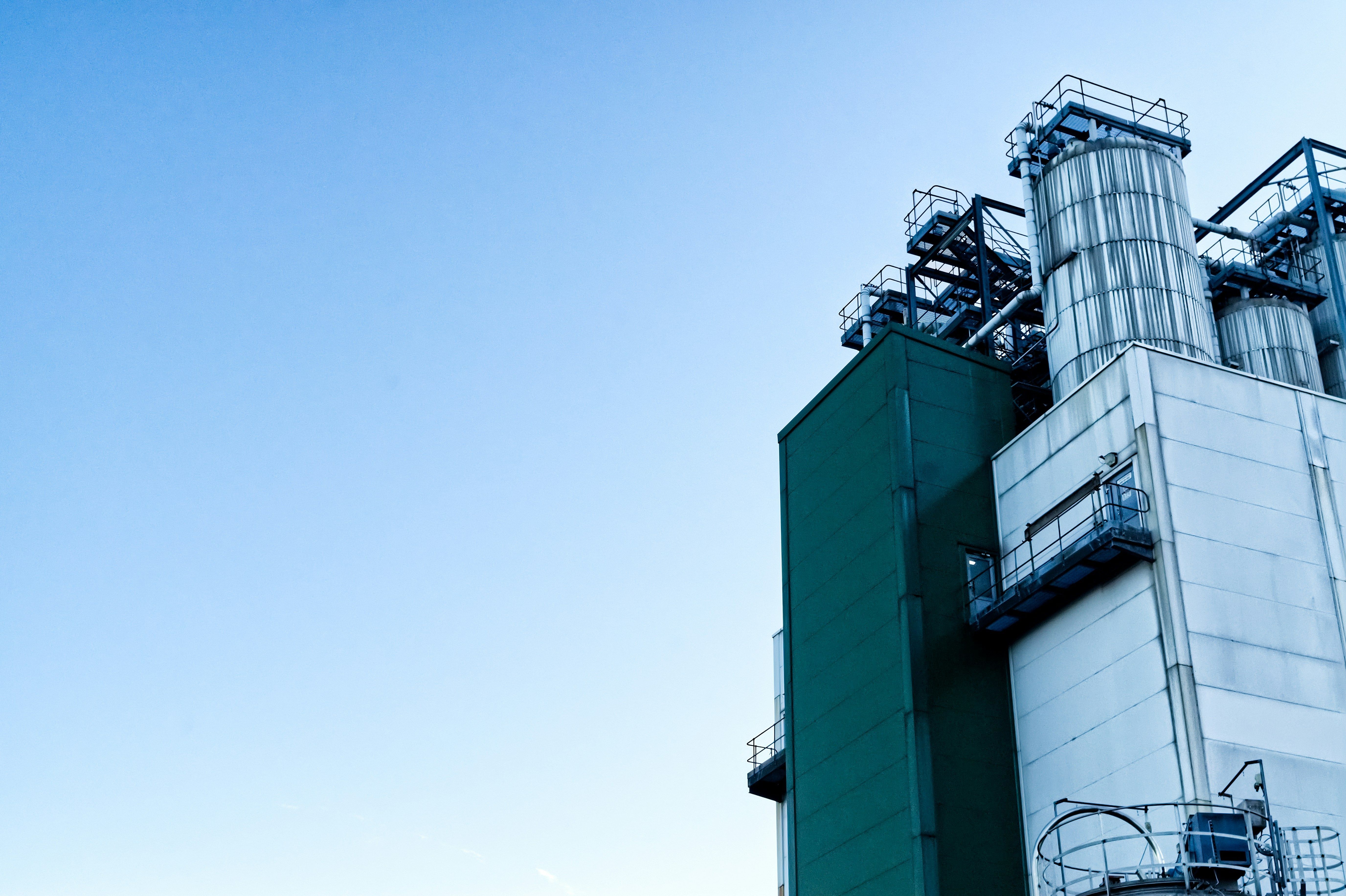Building an analytics workbench for a pioneering tidal turbine OEM.
Data Pipeline | Analytics | Machine Learning | Cloud Computing
At Ada Mode, we are passionate about the future of renewable energy and believe tidal stream technology is pivotal in this movement. That's why we're proud to be working alongside Orbital Marine Power Ltd on the creation of a high-performance data pipeline and analytics workbench to support the development and operation of the O2 tidal turbine.
Orbital is pioneering the development of floating tidal stream turbine technology and the O2 is the world’s most powerful tidal turbine – capable of producing 2MW and able to be deployed in multi-unit arrays to provide utility-scale, predictable clean energy.
The analytics workbench connects high-fidelity machine data to a high-performance compute and modelling environment that enables Orbital engineers to build powerful ML models to analyse, understand and optimise machine operation. As Orbital scale over the next decade, this system will help to consolidate fleetwide data processing, modelling and analysis, drawing on a diverse global asset base.
Ada Mode views the global development of tidal stream technology as a critical part of the energy mix and considers accelerated growth over the next 5 years as essential. We are hugely proud to be supporting Orbital on their journey and are excited to see the future deployment of 7.2 MW of tidal power through AR4 of the Contracts for Difference scheme.
The work by Ada Mode will help Orbital engineers and data scientists to democratise their data analysis, enable greater scalability and provide deeper insight into turbine performance and operation. The ability to exploit the insights derived from O2 data will be essential in maximising machine availability, increasing output and reducing LCOE.



